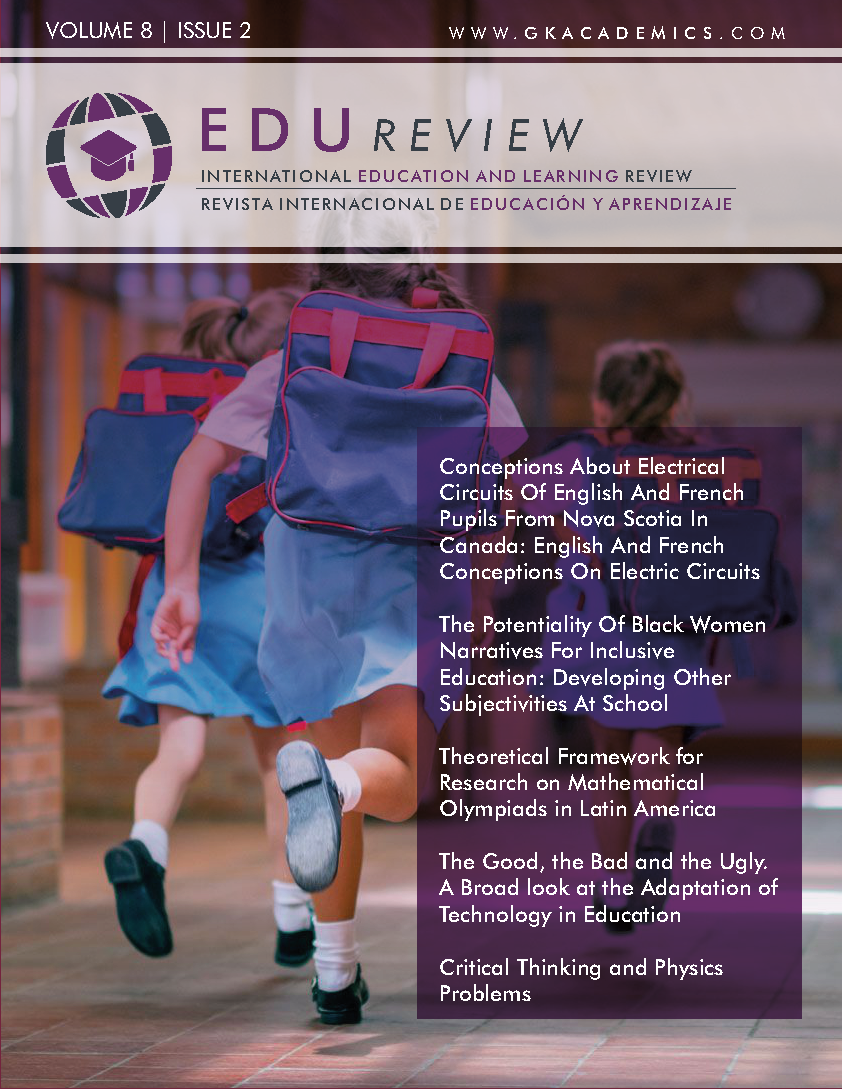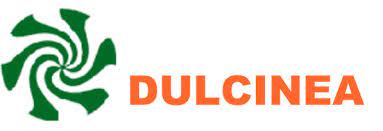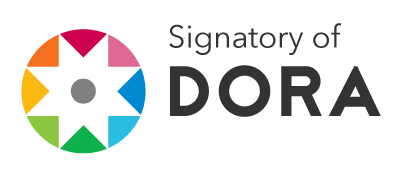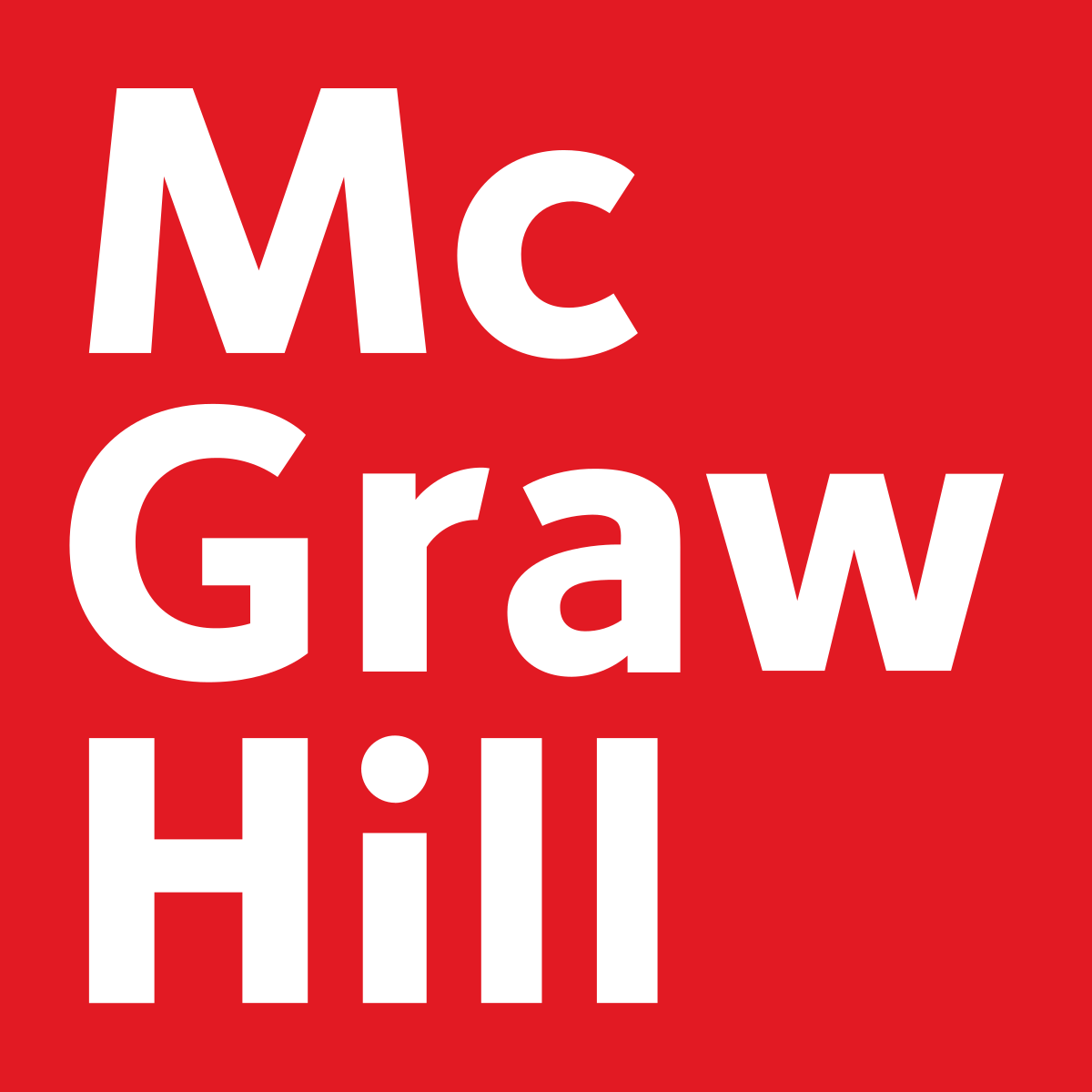Critical Thinking and Physics Problems
DOI:
https://doi.org/10.37467/gka-revedu.v8.2663Keywords:
Definitions of critical thinking, CT problems with physics content, CT problems without physics content, Comparison of students`' CT, SurveyAbstract
Critical thinking is considered to be one of the most important abilities which help us to solve problems, interpret information or make decisions in everyday life. Every person needs to use critical thinking, therefore, it is important to develop students' critical thinking in all classes including Physics. We summarize various definitions of critical thinking and we describe the survey, where students solve problems whose solution requires critical thinking. We compare students' results to see if they can solve problems without physics content with better successfulness than the problems with physics content and to see how the school attendance impacts its development.
Downloads
Global Statistics ℹ️
|
603
Views
|
906
Downloads
|
|
1509
Total
|
|
References
Dohler, S. (2018). A discrete modification of the Benjamini-Yekutieli procedure. Econometrics and Statistics, 2018(5), 137-147. DOI: https://doi.org/10.1016/j.ecosta.2016.12.002
Facione, P. A. (1990). Critical Thinking: A Statement of Expert Consensus for Purposes of Educational Assessment and Instruction. [Quoted 2019-05-27] Retrieved from: https://lnk.sk/uAL0
Fay, M. P., Proschan, M. A. (2010). Wilcoxon-Mann-Whitney or t-test? On assumptions for hypothesis tests and multiple interpretations of decision rules. Statistics Surveys, 2010(4), 1-39. DOI: https://doi.org/10.1214/09-SS051
Iowa Department of Education. (1989). A Guide to Developing Higher Order Thinking Across the Curriculum. Iowa.
Gavora, P. (1995). Kritické myslenie – prehľad situácie v zahraničí. In: Z. Kolláriková, et al., Výchova ku kritickému mysleniu – teória a prax (pp. 7-12) Bratislava: Štátny pedagogický ústav.
Kosturková, M. (2016). Rozvoj kritického myslenia žiakov stredných škôl. Prešov: Vydavateľstvo Prešovskej univerzity.
OECD. (2018). The Future of Education and Skills. Education 2030. [Quoted 2020-03-31] Retrieved from: https://lnk.sk/cit1
R Core Team. (2018). R: A language and environment for statistical computing. Vienna: R Foundation for Statistical Computing. Retrieved from: https://www.r-project.org
Shapiro, S. S., Wilk, M. B. (1965). An Analysis of Variance Test for Normality (Complete Samples). [Quoted 2020-01-23] Retrieved from: https://lnk.sk/dENU DOI: https://doi.org/10.2307/2333709
ŠPÚ. (2015a). Štátny vzdelávací program nižšie stredné vzdelávanie – 2. stupeň základnej školy. Bratislava. [Quoted 2019-05-27]. Retrieved from: https://lnk.sk/vDJ8
ŠPÚ. (2015b). Štátny vzdelávací program pre gymnáziá (úplné stredné všeobecné vzdelávanie). Bratislava. [Quoted 2019-05-27]. Retrieved from: https://goo.gl/LG8ZcL
ŠPÚ. (2015c). Štátny vzdelávací program: fyzika – nižšie stredné vzdelávanie. Bratislava. [Quoted 2019-05-27]. Retrieved from: https://goo.gl/vBMVo8
Trúsiková, A. (2018). Kritické myslenie a fyzikálne úlohy. Diploma thesis. Bratislava: FMFI UK.
Velmovská, K. (2011). Fyzikálne filmové omyly. Zborník z konferencie Šoltésove dni 2010. Bratislava: FMFI UK, pp. 136–145.
Velmovská, K. (2014). Physics mistakes in movies or the possibility of developing critical thinking in physics classes. Journal of Science Education, 15(1), 37-40.
Downloads
Published
How to Cite
Issue
Section
License
Those authors who publish in this journal accept the following terms:
-
Authors retain copyright.
-
Authors transfer to the journal the right of first publication. The journal also owns the publishing rights.
-
All published contents are governed by an Attribution-NoDerivatives 4.0 International License.
Access the informative version and legal text of the license. By virtue of this, third parties are allowed to use what is published as long as they mention the authorship of the work and the first publication in this journal. If you transform the material, you may not distribute the modified work. -
Authors may make other independent and additional contractual arrangements for non-exclusive distribution of the version of the article published in this journal (e.g., inclusion in an institutional repository or publication in a book) as long as they clearly indicate that the work was first published in this journal.
- Authors are allowed and recommended to publish their work on the Internet (for example on institutional and personal websites), following the publication of, and referencing the journal, as this could lead to constructive exchanges and a more extensive and quick circulation of published works (see The Effect of Open Access).













